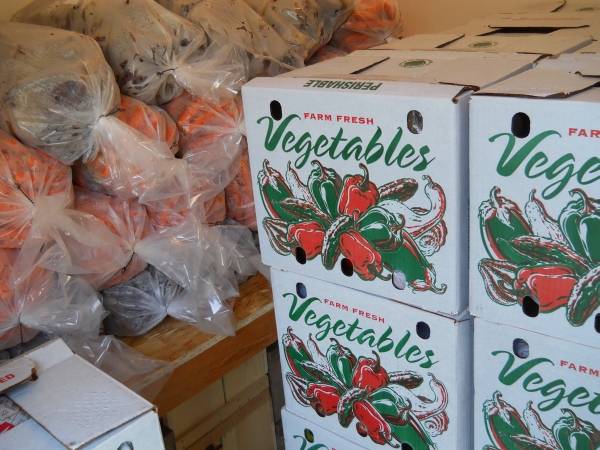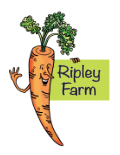As farmers we simultaneously prepare all year for the coming of the fall harvest season and dread it at the same time! That’s right, fall is a time of great abundance, but is very fleeting and we must find things to do with all of the extra produce! So, we’ve gotten creative over the years that we’ve been farming and here are our four favorite ways to use up or preserve the abundance of the harvest season!
#1 Ferment it!
Before the advent of canning in the 1800’s, people around the world preserved their vegetables using the time-honored process of fermentation. In fact, American families enjoyed homemade lacto-fermented sour pickles and sauerkraut as late as the 1940’s. Many recipes for fermented vegetables are actually traditional recipes that people all around the world have used to preserve their abundance healthfully. Examples include sauerkraut from Europe, kimchi from Korea, and cortido from Latin America.
Fermentation is very important not only as a way to preserve vegetables but also as a pathway to health! Vitamins, especially those of B and C, are actually enhanced through the fermentation process. Fermented vegetables also provide digestive enzymes in abundance that help you digest the other foods you’re eating in your meal. Rich in beneficial microbes, or probiotics, fermented foods help you keep your gut functioning well and thus in turn boost your immune system.
There are a few basic recipes for making fermented vegetables through our vegetable gallery. For good fall-ingredient examples, check out the Ginger Carrots and the Curried Carrot Sticks in the ‘Carrot’ section and Sauerkraut recipe in the ‘Cabbage’ section. Our absolute favorite book on the subject is The Complete Idiot’s Guide to Fermenting by Wardeh Harmon.
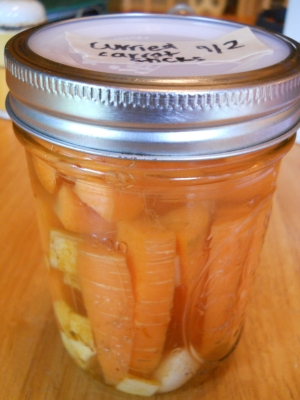
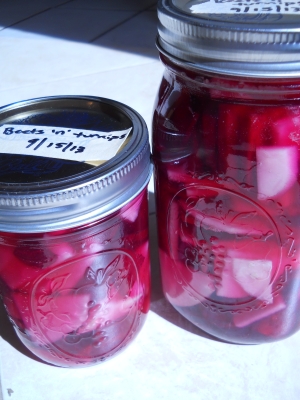
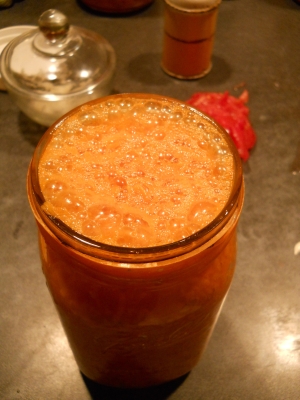
#2 Freeze it!
Too much swiss chard or carrots or zucchini? Try freezing it for winter use! I plan on making a homemade tomato sauce with the last of our crop and putting it in the freezer for the winter. Most vegetables freeze well and usually should be blanched first. Check out the National Center for Home Food Preserevation’s great online reference on details for having success at freezing just about anything at: http://nchfp.uga.edu/how/freeze.html.
#3 Soup it!
Soups are almost like magic blankets in the cold days of fall and even colder days of winter! Soups are very easily made in large quantities that can make for easy meals throughout the week as well as great frozen options. Many favorite fall veggies are great fodder for yummy soups like onions, potatoes, turnips, carrots, squash and much more. Check out our vegetable gallery for some great soup ideas.
Some of our favorites are:
- Cream of Potato Leek Soup found under ‘Potatoes’
- Curried Coconut Squash Soup found under ‘Delicata Squash’
- Squash and Sun Dried Tomato Soup found under ‘Butternut Squash’
Let us know some of your favorite soups!
#4 Store it!
Many of the fall vegetables can be stored for many months and through the winter. Most of the root vegetables want to be stored at refrigerated temperatures including onions, garlic, carrots, beets, turnips, rutabaga, cabbage, radishes, celeriac, etc. Winter squash on the other hand can suffer chilling injury if kept too cold and likes to be at cool room temperature, between 55-65 degrees. Ours keeps beautifully in our house all winter long! Check out the University of Minnesota Extension’s great free resource on storing vegetables at: http://www.extension.umn.edu/distribution/horticulture./DG1424.html.
